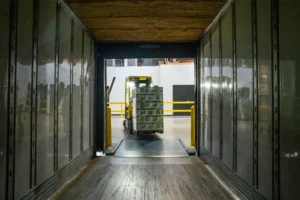Introduction
Maximizing vehicle utilization is critical for optimizing supply chain efficiency and reducing transportation costs. By ensuring that transportation assets are used to their full potential, businesses can achieve significant cost savings and operational improvements. This article offers practical tips and strategies for enhancing vehicle utilization within the supply chain.
Understanding Vehicle Utilization
Vehicle utilization refers to the extent to which transportation assets are used effectively. High utilization means that vehicles are operating at or near their full capacity, while low utilization indicates underused resources. Improving vehicle utilization can lead to lower transportation costs, reduced environmental impact, and better service levels.
Strategies for Maximizing Vehicle Utilization
- Load Optimization
- Strategy: Use load optimization software to plan shipments that maximize vehicle capacity.
- Tip: Consolidate multiple smaller shipments into fewer larger ones to improve efficiency.
- Route Planning
- Strategy: Implement advanced route planning tools to create efficient delivery routes.
- Tip: Consider factors such as delivery windows, traffic patterns, and road conditions to minimize travel distance and time.
- Cross-Docking
- Strategy: Use cross-docking facilities to transfer goods directly from inbound to outbound transportation without long-term storage.
- Tip: Coordinate inbound and outbound schedules to minimize handling and reduce turnaround time.
- Real-Time Tracking
- Strategy: Implement GPS and telematics systems to monitor vehicle locations and conditions in real-time.
- Tip: Use real-time data to adjust routes and schedules dynamically based on current conditions.
- Collaborative Logistics
- Strategy: Partner with other companies to share transportation resources and optimize load capacity.
- Tip: Look for opportunities to collaborate with businesses that have complementary logistics needs.
- Driver Training
- Strategy: Provide training programs for drivers to enhance their understanding of load optimization and efficient driving practices.
- Tip: Focus on techniques such as proper loading, fuel-efficient driving, and route adherence.

Benefits of Improved Vehicle Utilization
- Cost Reduction
- Benefit: Lower transportation costs through more efficient use of vehicles.
- Environmental Sustainability
- Benefit: Reduced fuel consumption and lower carbon emissions contribute to sustainability goals.
- Enhanced Service Levels
- Benefit: More reliable and timely deliveries improve customer satisfaction and service quality.

Conclusion
Maximizing vehicle utilization is a critical aspect of supply chain optimization. By implementing strategies such as load optimization, efficient route planning, and real-time tracking, businesses can achieve significant improvements in cost savings, operational efficiency, and environmental sustainability. These practical tips provide a roadmap for enhancing vehicle utilization and driving better supply chain performance.





